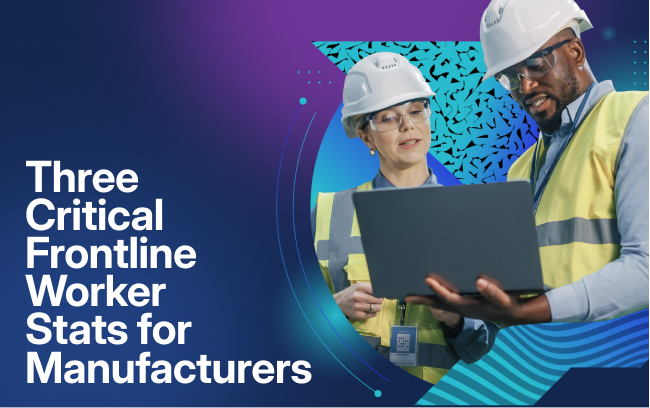February 26, 2018
4 Min. Read

Interactive training methods have proven, time and time again, to be powerful corporate training tools. By focusing on interaction, eLearning tools can help boost employee engagement, and aid in the development of employee skills.
Scientists all around the world agree – eLearning and interactive training are the future of education. But what’s the scientific basis for eLearning design? In this article, we’ll explore this topic, and discuss the science behind “gamification” and the effectiveness of eLearning!
Gamification And Conceptual Learning Combine For Incredible Results
There are two primary learning models used in eLearning, and both have their place. You are probably quite familiar with the conceptual learning model.
In this model, employees are given theoretical educational material in a classroom or online environment, or through an interactive e-learning program. Then, the individual performs some kind of “task” or exercise to help them internalize this information.
An example of this would be an eLearning course that details company policies on sexual harassment and employee misconduct, then gives an employee a real-world scenario, where they must give proper responses to quiz prompts that are based on the source material.
Conceptual learning is a traditional and powerful method of teaching – but it’s even more effective when combined with gamification.
Gamification uses concepts found in games – such as points, leaderboards, and rewards to help learners understand concepts in eLearning courses. Gamification is designed specifically to work with the reward pathways of our brains. When we complete a task and are rewarded, we feel good – and that makes us more likely to engage with the source material.
For an example of this, consider an eLearning program that’s intended for a new cashier, which includes a “minigame” to help them understand the planogram (diagram of where retail products are placed) for their station.
Instead of simply presenting the employee with a dry, boring diagram, the eLearning program includes an interactive game where employees must correctly match specific products to their correct position on the planogram.
Because the employee is actively engaged with the source material, and is enjoying the process of playing a game, their minds are more stimulated – and they’re more likely to remember what they’ve learned.
Most modern research indicates that interactivity can help promote learning in just about any environment – from school children to adult employees, and everyone in-between!
eLearning Programs Aren’t The Only Method Of Interactive Learning!
Interactivity can take many forms in a learning environment – even in a corporate business! eLearning programs are certainly not the only kind of interactive learning common in businesses. Examples from traditional lecture-based education include:
- Hands-on workshops
- Lectures with small group discussions
- Ad-hoc games and quizzes
- Responding to course material with online blogs
- Using social media at work to discuss training and workshops with peers
Essentially, any form of learning that emphasizes interaction with both the course material and your peers can be considered interactive learning! However, there are a few reasons that eLearning programs are more popular than these traditional, classroom-based methods of interactive teaching.
- Low-cost – A traditional lecture-based workshop can be very expensive, especially if you bring in an outside expert. And even if you just use internal HR personnel, the time and money required to put together a lecture and engage with employees may not be worth the investment.eLearning allows for a sense of interactivity without requiring a large group of people with which employees can interact. By interacting directly with a computer, employees are able to stay engaged and enjoy the benefits of interactive training – without requiring group discussions and other traditional methods.
- Can be completed at any time – The flexibility of eLearning programs makes them very useful for corporate training environments. Different employees have different responsibilities and schedules – and it’s hard to put together a traditional, classroom-based workshop. Using eLearning allows each person to complete their training on their own time, and at their own pace – dramatically increasing flexibility.
- Requires no oversight by HR – eLearning can function fairly autonomously. Unlike a traditional classroom or corporate training session, there is no need for an HR staff member or any other personnel to be present to administer the session. This helps free up time for other human resources management tasks.
For these three reasons, and quite a few more, eLearning is becoming very popular for interactive education at the workplace.



